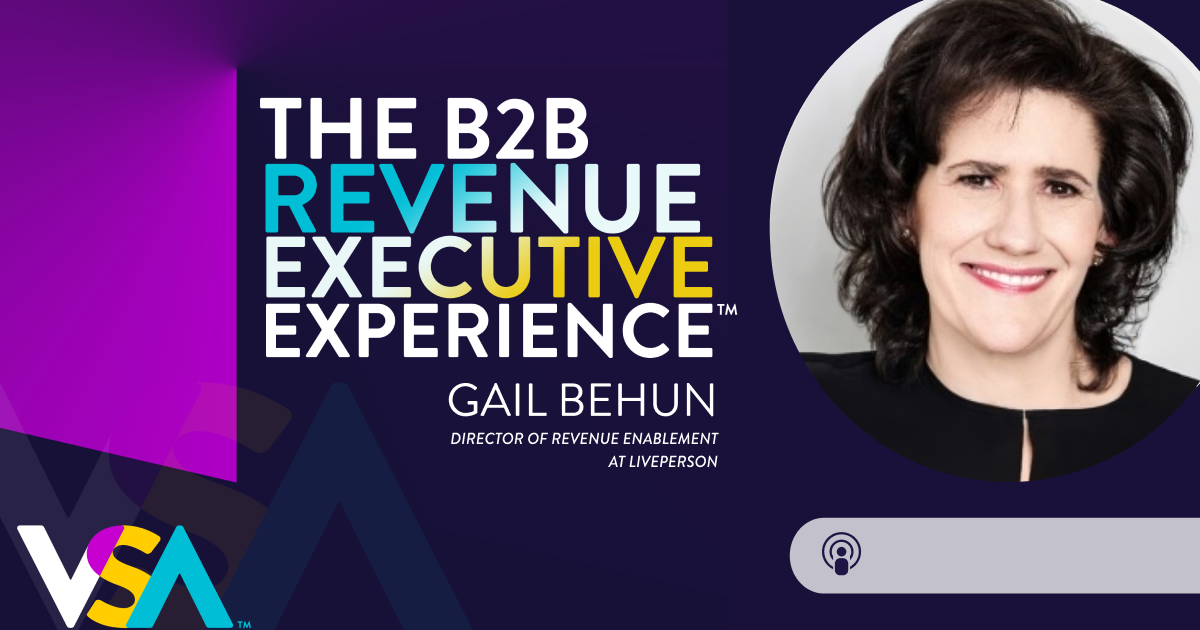Surviving the Giants: How Mid-Market Companies Can Thrive in a Highly-Competitive Business Landscape with Sheila Kloefkorn

In today’s fiercely competitive business environment, mid-market companies face the challenge of competing with larger organizations with deeper pockets and more resources.
Often, they find themselves at a disadvantage when it comes to marketing and growth strategies.
Moreover, their limited experience often leads them to make multiple mistakes.
So what common mistakes do companies make in marketing, and how can they fix them to increase the profits and value of their business?To help us with this topic today, we have Sheila Kloefkorn, President and CEO of KEO Marketing.
What is a Fractional CMO, and Why Might an Organization Want to Go That Route Versus Hiring Someone Internally??
The evolving nature of marketing demands experienced specialists to achieve remarkable sales and promotional outcomes. Whether it involves managing Google ads, implementing account-based marketing strategies, exploring emerging platforms, or utilizing advanced technology, mid-market companies often struggle to afford and retain such specialists. Additionally, securing a CMO within the budgets of small or mid-sized companies can pose a significant challenge, despite the need for competition against larger enterprises with substantial financial resources.
Fortunately, there is a viable solution to address these concerns: outsourcing. By outsourcing their marketing needs, companies can alleviate the frustrations typically faced by CEOs who find themselves thrust into the role of CMO. Engaging a fractional CMO allows CEOs to focus on their primary responsibilities while benefiting from complete marketing expertise. With a fractional CMO, companies can obtain strategic guidance, refined messaging, and efficient execution, all at a fraction of the cost.
“Marketing is more sophisticated than ever, and achieving standout marketing and sales results requires specialists with lots of experience”.
Sheila Kloefkorn, President and CEO of KEO Marketing
Common pitfalls young companies should learn from
In the realm of mid-market young companies, valuable lessons often emerge from our mistakes. It is essential to identify and understand the common errors made by such companies to learn from them. And some of the most common include:
- Trying to be everything to everyone: Many small or fast-growing companies possess ambitious plans and a desire to pursue multiple grand visions simultaneously. However, it is crucial to recognize that no one has the budget to accommodate such a broad approach. These companies often lack the necessary resources and financial means to handle a multitude of initiatives effectively. It is important to prioritize and focus on core objectives rather than spreading resources too thin.
- Falling victim to shiny object syndrome: Entrepreneurs are often susceptible to the appeal of new ideas and opportunities. However, in pursuing novelty, they may fail to allocate sufficient time or resources for marketing strategies to yield results. It is worth noting that successful marketing initiatives typically require a considerable investment of time, with results often manifesting within three to six months. So companies need to exercise patience and allow marketing efforts sufficient runway to generate traction.
Nowadays, effective marketing is not merely a collection of projects or experiments. Although experimentation is valuable, it is important to approach marketing in the B2B space as a well-oiled machine that requires an infrastructure for success. Consistent monitoring and continual investment are necessary to ensure the smooth functioning of the marketing machinery and to generate desired outcomes.
“We believe that marketing is about doing the work for the prospect, getting them excited, getting them to understand how it adds value, and making the sale easy. So we, as marketers, should make the sale easy and effective because almost all of the process is over”.
Sheila Kloefkorn, President and CEO of KEO Marketing
Limited budgets? Then choose your fighter: inbound or outbound
Companies with limited budgets should first choose between inbound marketing or outbound marketing. Inbound marketing entails positioning your brand where potential customers search for solutions. If you have a product or service with existing demand, then inbound marketing, such as utilizing Google ads, might be the most effective approach. It allows you to leverage the existing demand and quickly scale your advertising efforts on platforms like LinkedIn. While people may not be familiar with how your offering differs, they have some understanding of it.
However, if your company operates in a niche market with a limited target audience, like a company that creates specialized microchips for medical devices, inbound marketing may not be a suitable strategy. In such cases, implementing an outbound account-based marketing program is necessary. The key is to proactively reach out to decision-makers in these companies through outbound channels like personalized emails, outbound calls, and retargeting ads. Additionally, it’s crucial to provide educational content that highlights why your company is the best choice to provide its desired service.
“Marketing today requires a machine. It is not a bunch of projects or experiments, although we definitely believe in experimenting. But marketing in the B2B space takes a machine and an infrastructure to be successful, and you have to monitor and feed it all the time for it to actually work”.
Sheila Kloefkorn, President and CEO of KEO Marketing
Now that you know what it takes to see a methodology truly adopted to drive results…learn how to apply other tactics and tools for a disruptive B2B marketing and sales strategy. Check out the full list of episodes here: The B2B Revenue Executive Experience, and instructions on how to rate and review the show are here.
Explore More









